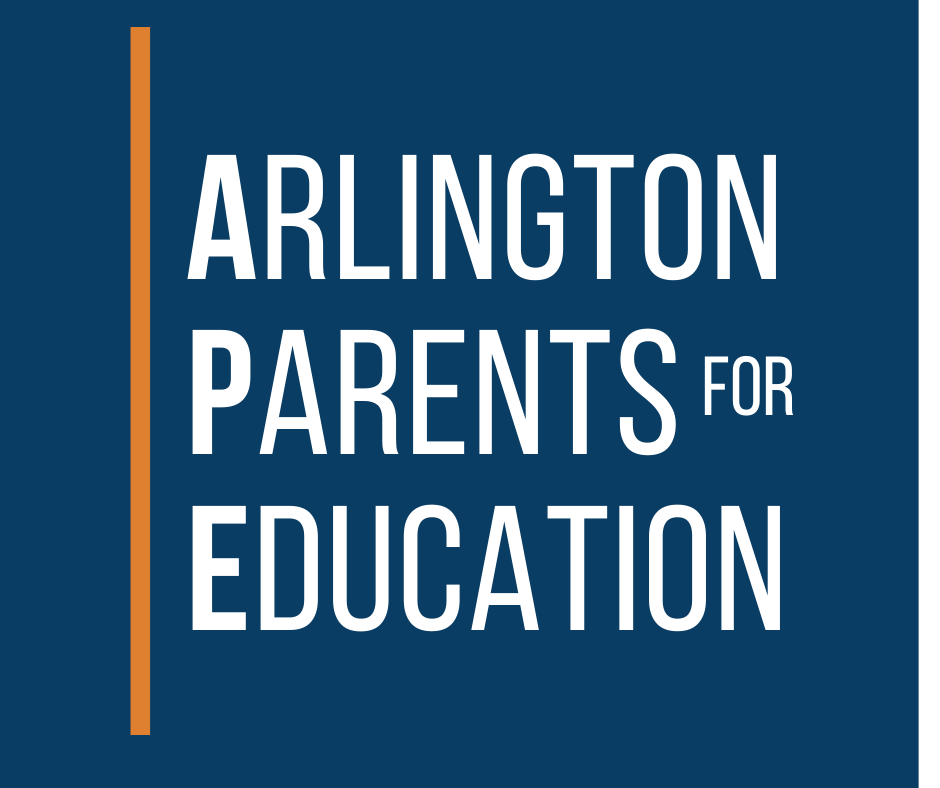County Board Work Session
On April 8, 2022, the County Board and School Board held a joint work session to discuss the proposed APS budget.
Dr. Durán’s presentation emphasized the critical importance of both teacher compensation ($38.9 million) and student mental health. APE has advocated in support of both increased compensation and attention to mental health. Dr. Durán also noted the increase in student-facing resources, with 89% of new investments going to in-school positions and support. APS is also making a substantial investment in support for our students with disabilities, to the tune of $8.3 million and 76 FTEs. Also of interest, APS is continuing to ask for a new FTE, a Director of Policy, and is adding five new FTEs as “school safety coordinators.”
The session featured an intensive focus on student mental health. Among the concerns discussed, even pre-pandemic, there were concerns over student’s emotional well-being. Six percent of high school students attempted suicide, as reported on a 2019 survey. Roughly one-third of high school students self-reported feelings of prolonged sadness. (Data presented by the Arlington Partnership for Children, Youth, and Families.)
As noted by Dr. Kanninen and Ms. Diaz-Torres, the current APS ratio of psychologists and social workers to students is 775:1, which is in compliance with VDOE guidelines but does not meet recommended ratios of 500:1 for school psychologists and 250:1 for social workers. During the discussion, Dr. Durán confirmed that the proposed cuts to school psychologists and social workers, which were based on lower enrollment, have been reversed. Ms. Diaz-Torres noted for future budget years, it may require an additional $8-9 million to meet reach the recommended ratios.
Ms. Kadera noted that staff in schools are consistently reporting that this is a year like no other in terms of mental health needs. In addition to reversing the proposed psychologist and social worker cuts, we are adding Interlude therapists, behavioral interventionists, and a tiered system of support (ATSS) specialist, in an effort to try to provide a coordinated safety net. She emphasized that this will be a multi-year effort and hopes for a three, four, or five-year coordinated plan.
Another point of focus was class sizes and enrollment. Enrollment in APS increased 46% from 2005 to present, with a dip beginning in 2020. Though enrollment is now projected to level off, with slight growth peaking in 2024, it’s uncertain if that will prove accurate. Accuracy in enrollment, of course, will be critical to maintaining higher teacher compensation, authorized by the Board using one-time funds, going forward.
Relatedly, APS is reversing some recent class size increases, which were due to budget pressures, but as Dr. Kanninen noted, even after the reversals, overall class sizes will not have reverted to levels that were in place when she first joined the School Board.
Mr. de Ferranti was skeptical of the importance of reducing class sizes. In part, he said, research does not support smaller class sizes contributing to student achievement. He also indicated potential concern that lowering class sizes would “bake in” higher costs for APS and the county. Mr. de Ferranti also mentioned summer school as important to addressing learning loss. Dr. Durán explained that not only does class size influence academic success because smaller class sizes contribute to students’ emotional needs being met, and that research also indicates a major positive impact from the middle school teams approach.
Watch the full work session here.
